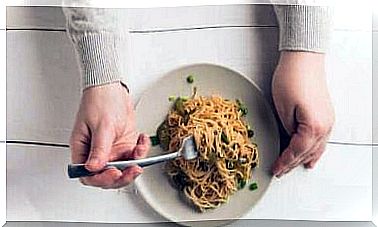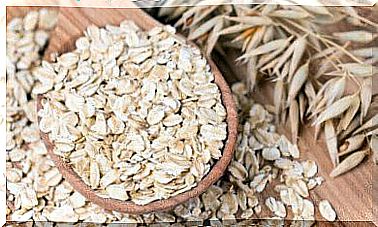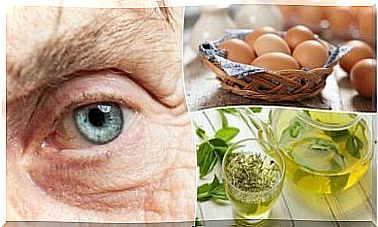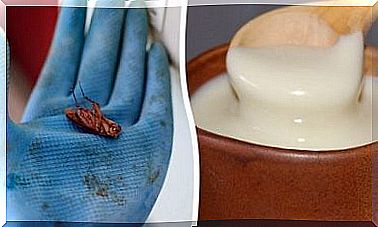The Different Types Of Cravings

Cravings are a relatively recent concept that refers to the intense and almost unstoppable desire to consume a particular substance. For example, think of drugs, tobacco, food or alcohol. We will look at the different types of cravings in this article.
The first time this concept was used was about the 1940s. At the time, experts defined cravings as the intense urge to consume opiates, such as heroin or morphine, when a person is trying to get rid of them.
Today, however, it still seems difficult to define this situation specifically. What is clear is that craving is a fundamental aspect of drug addiction, closely linked to relapse. That’s why in this article we explain everything you need to know about this problem.
What exactly are cravings?

As we mentioned, cravings are the strong urge to consume a particular substance. This desire is an unstoppable urge that in a sense “grabs” the person. However, it is not the same as withdrawal syndrome.
Withdrawal syndrome consists of a series of both physical and psychological symptoms that manifest after a person stops consuming a substance to which they are addicted. This can be a medicine or drug. It occurs in alcoholics and in people who are addicted to drugs such as heroin.
However, to distinguish the two, you need to understand that cravings can continue to occur. Even after someone has overcome the withdrawal symptoms. This is because the craving to consume a substance can persist for months or years.
Experts associate cravings with many different types of substances. It ranges from the desire to smoke or drink alcohol, to even wanting to consume cocaine or strong opioids like heroin again.
You have to be aware of the fact that something that is socially accepted – such as tobacco use – can condition you for life. In other words, it is just as serious and harmful as the other addictive products.
Are there different types of cravings?
Some scientists argue that there are two different types of cravings. The first is physical, which occurs almost parallel to the withdrawal syndrome. Like this syndrome, it causes physical symptoms such as:
- tachycardia
- cold sweat
- seizures (in some cases)
In other words, this first type is a desire to consume the drug, driven by the strong symptoms they experience during withdrawal. This type is usually the kind of craving that people have the hardest time dealing with.
The other type is psychological desire. It only develops later, when one has overcome the withdrawal symptoms. It occurs when the patient has not consumed the substance for a while, perhaps even months or years.
How can you treat cravings?

Ultimately, you need to understand that addiction as well as withdrawal and cravings are symptoms that can be treated. To do this, it is best to always consult a specialist. For example, a psychologist who can help you manage it, or perhaps a support group.
Cravings are one of the aspects that influence people’s relapse. In the same way, it is the factor that usually keeps the addiction going. That is why it is important to know more about it and learn to deal with it.
To treat cravings, it is necessary to identify the situations associated with the consumption pattern of the addictive substance.
The first step is to avoid the substance completely. The idea is to try to avoid situations associated with the consumption of that substance. For example, if you are an alcoholic, it is best to reduce or stop going out and going to bars.
In addition, it is important to have the tools to control this automatic behavior of consuming the substance. The psychological or emotional situation of the patient can also have an influence. It’s always easier to fall back into old behavior when someone is vulnerable or sad.
In this sense, most therapies are aimed at helping these people cope with stress and improve their self-esteem. Similarly, distraction is another effective way to manage cravings. Attention is then directed to other activities, such as physical exercise.
Conclusion
Cravings are people’s irrational and overriding desire to consume a drug or substance to which they are addicted. It is important to know that it does not only occur with drugs such as heroin. Tobacco or alcohol can also trigger cravings.









